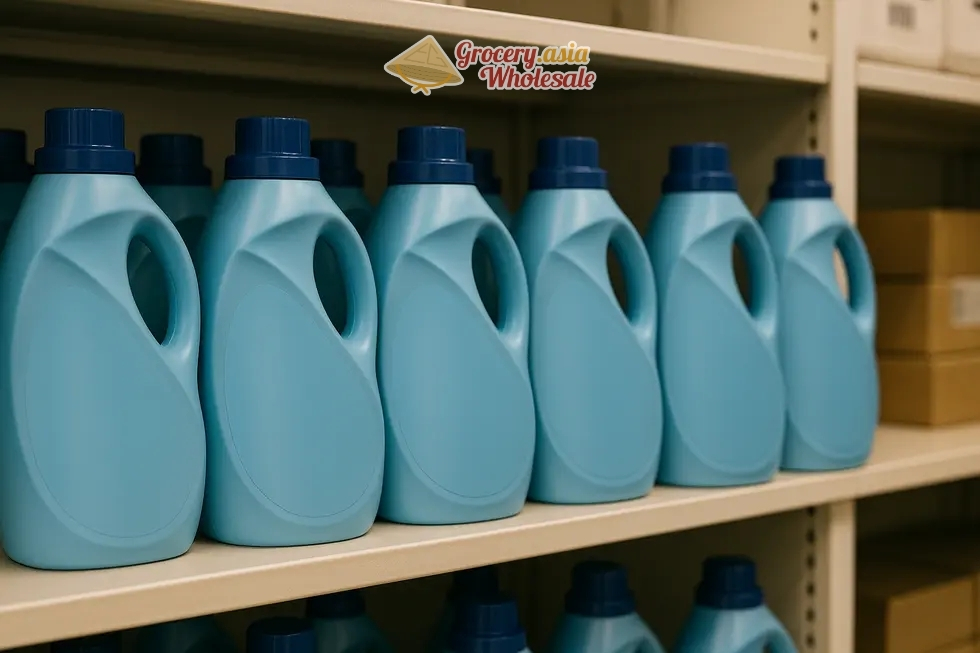No products in the cart.
Downy Fabric Softener, Fabric Conditioner, Home Care
Effective Solutions for Managing Leaks in Downy Fabric Softener Bottles
Downy leaking bottle repair is a real concern for wholesale importers managing large inventories of fabric softener. Preventing and fixing leaks not only preserves product quality but also safeguards your brand reputation and reduces waste. This guide outlines key strategies—from inspecting and resealing bottle caps to using leak-proof containers, applying temporary repairs for cracked bottles, and utilizing tools like Downy ball dispensers. These insights help importers maintain product integrity across the supply chain.
Table of Contents
Resolving Downy Bottle Cap Leaks: Step-by-Step Solutions
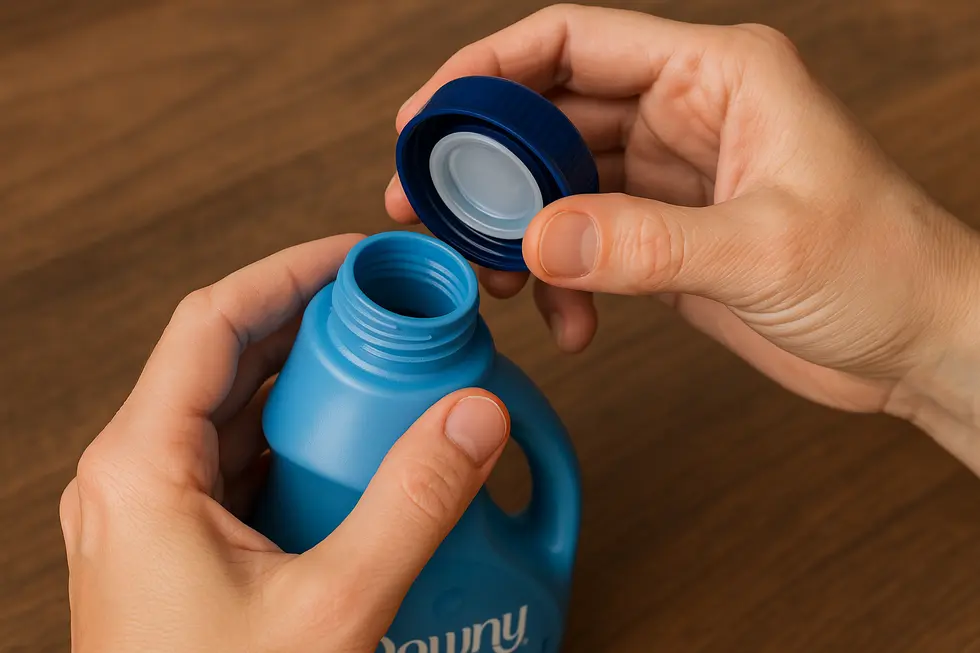
When dealing with a leaking Downy bottle, attention to the cap and its components is crucial to finding a solution. Begin with a methodical inspection of the bottle cap and neck. Remove the cap carefully and examine it for any visible cracks, warping, or damage. Pay particular attention to the sealing gasket or inner ring within the cap, as its integrity is essential for preventing leaks.
Residue from the fabric softener can accumulate around the bottle neck and within the cap, hindering a proper seal. Therefore, a thorough cleaning process is necessary. Use warm water to wash away any detergent residue, ensuring both the cap and bottle neck are clean before attempting repairs.
For small cracks in the plastic, applying a waterproof adhesive can serve as a temporary fix. However, if the gasket is damaged, maintain its flexibility with silicone grease, prolonging its sealing capacity. If the cap itself is severely compromised, replacing it with a new one is recommended to ensure a reliable seal.
Testing is the final step before resuming use. Secure the cap onto the bottle, avoiding overtightening, which can lead to new cracks, and test for leaks by inverting the bottle over a sink. If problems persist, temporary measures like transferring the liquid to another container can offer relief until a permanent solution is found. For visual guidance, platforms like TikTok often feature practical demonstrations similar to those needed for Downy bottle cap issues. Here’s a link that might provide additional insight.
Mastering Leaks with the Downy Ball Dispenser
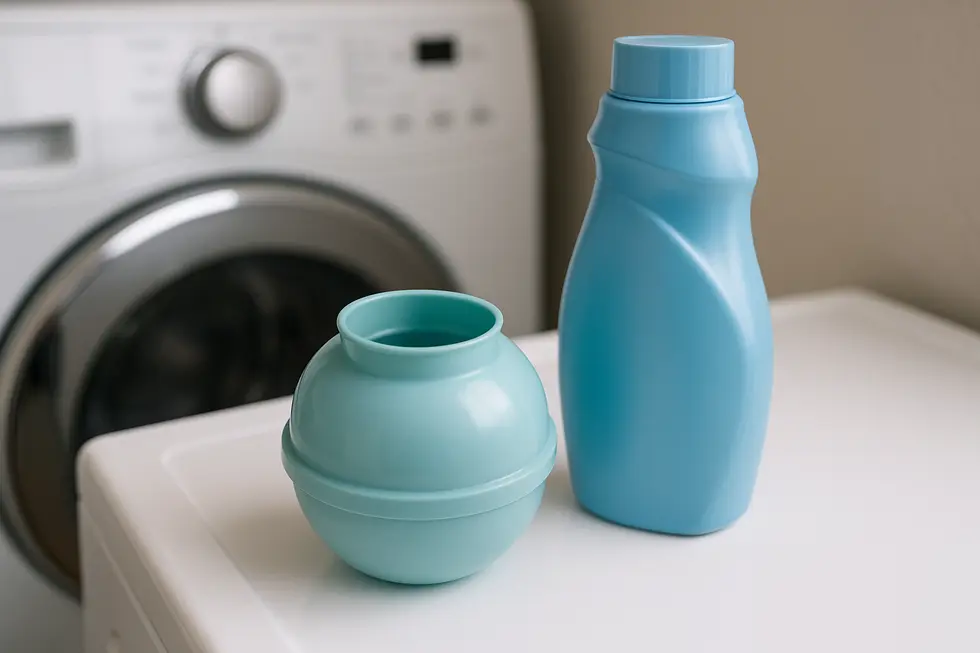
The Downy Ball Dispenser is an innovation aimed at effortless softener release during a washing machine’s rinse cycle. This tool ensures that the fabric softener is not prematurely washed away, guaranteeing soft, fragrant garments at the end of each wash. Despite its primary role, this dispenser can unexpectedly serve in managing softener leaks, albeit not directly.
When facing a leaking Downy softener bottle, turning to the Downy Ball can minimize the inconvenience of mess and waste. Instead of dealing directly with the bottle, fill the Downy Ball and toss it into the wash. This method helps sidestep the leakage issue by eliminating the need for repetitive handling of the damaged bottle during laundry activity.
In order to efficiently control leaks with this approach, make sure that the dispenser itself is in perfect condition. Regularly inspect and clean it to avoid any clogging or improper function that might lead to overflow. This simplistic yet strategic use of the Downy Ball not only addresses the release timing but also indirectly contributes to mitigating spills caused by leaks.
Although the Downy Ball Dispenser does not replace the need for fixing or replacing a leaking bottle, it offers a temporary yet straightforward solution to messy laundry days. For more eco-friendly solutions, consider exploring eco-friendly Tide detergents in Vietnam that complement the Downy Ball’s usage.
Ensuring a Leak-Free Experience: Transferring Downy Liquid into Secure Containers

Transferring your Downy fabric softener into a leak-proof container is a sensible approach to prevent spills and ensure reliability. The first step is selecting an appropriate container, ideally one that’s specifically designed to be leak-proof, such as a robust plastic bottle with a tight-fitting cap. This choice is crucial in avoiding unexpected mishaps.
Before making the transfer, ensure the selected container is meticulously clean and dry. This prevents any potential contamination or scent alteration of the fabric softener. When you’re ready to pour the Downy Liquid, using a funnel can greatly reduce the risk of spillage, especially when handling larger volumes.
Securing the container properly after transferring the liquid is of utmost importance. Ensure that the cap is closed tightly to maintain the container’s integrity against leaks. It’s also wise to clearly label the container with the contents and any pertinent safety information to prevent accidents.
Safety is paramount when storing fabric softeners. Store them out of the reach of children and pets to mitigate any risk. Additionally, ensure the container material is compatible with the liquid to avoid adverse reactions. For creative container modifications, popular platforms like TikTok offer innovative ideas from other users that can improve convenience, such as implementing a spout for easier pouring.
In terms of alternatives, Vietnamese Downy offers options that cater to different needs, ensuring your laundry routine remains smooth and efficient.
Efficient Cleaning Techniques to Preserve Downy Bottle Sealing
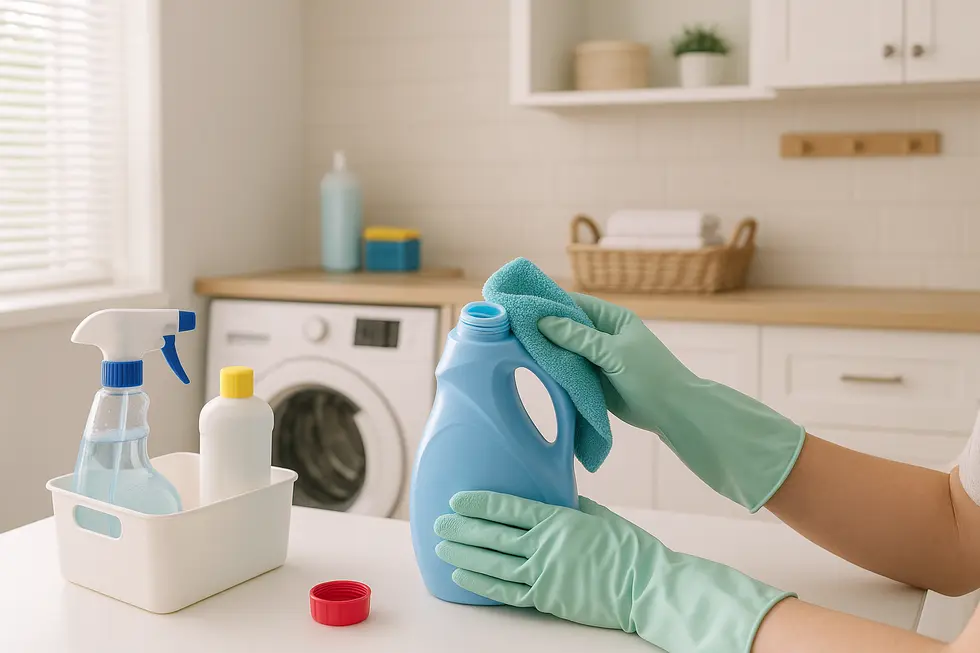
Ensuring a Downy bottle remains properly sealed is key to preventing leaks and maintaining the product’s integrity. One effective strategy is to disassemble and clean any removable components such as caps or dispensers. This allows for the removal of residues that may obstruct a secure fit.
A solution of alcohol and water, possibly enhanced with Downy scent beads, can be a powerful ally in dissolving sticky buildups. A typical recipe involves mixing 1/3 cup of alcohol with an entire box of Downy beads, then filling a spray bottle with water. This concoction effectively cleans all bottle areas, ensuring no residue remains to impair sealing.
Component soaking is another effective cleaning method. By immersing caps or dispensers in warm water combined with fabric softener for about ten minutes, hardened deposits loosen and can be easily rinsed away. Routine cleaning is essential to prevent future build-ups, safeguarding your bottle’s sealing functionality over time.
For a step-by-step guide to making effective cleaner sprays with Downy beads, platforms like TikTok offer helpful tips. Incorporating these methods into your maintenance routine will significantly enhance the durability and functionality of your Downy storage solutions.
Quick Fixes for Leaking Downy Bottles: A Practical Guide
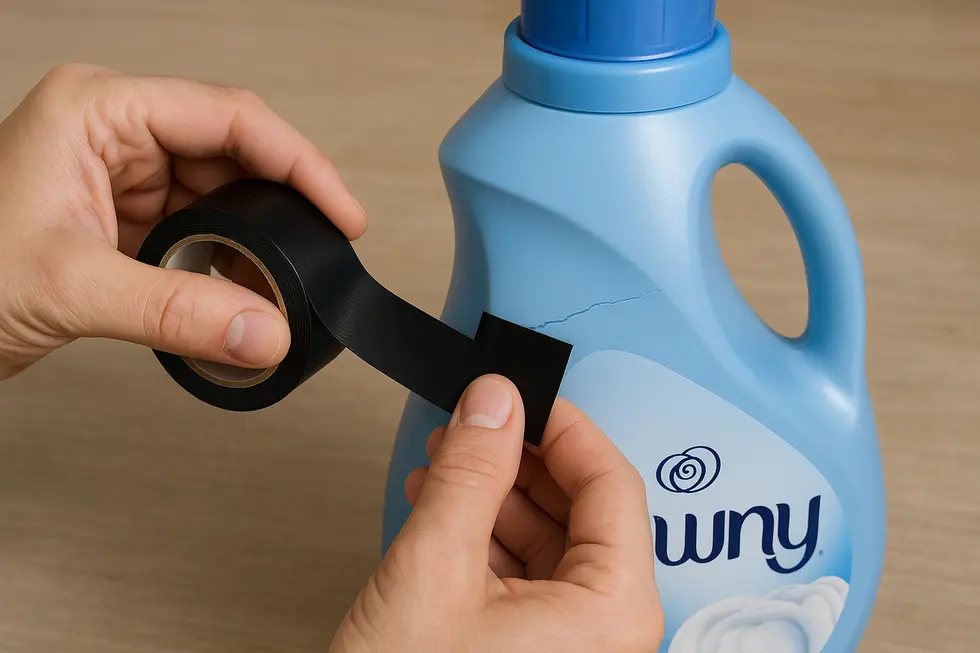
Dealing with a leaking Downy bottle can be a frustrating interruption in your laundry routine. Thankfully, there are several temporary measures to manage this inconvenience until you can replace the bottle. One immediate step is to use waterproof tape. Wrapping duct or packing tape snugly around the crack can provide a temporary seal, preventing further leakage.
For a more durable solution, consider applying a food-safe silicone sealant to the crack. This creates a flexible, water-resistant barrier that, once cured, can help maintain the integrity of the bottle. Ensure the sealant is fully dry before using the bottle to avoid contamination of the softener.
Additionally, if the damage is near the cap, ensure it’s properly tightened, as a loose cap can exacerbate leakage issues. Adjusting the cap may help maintain the bottle’s pressure and reduce spills. It’s also worth checking the spray functionality in bottles with nozzles by ensuring internal tubes are intact and nozzles are unclogged, maintaining usability.
While these solutions offer temporary respite, they may not suffice for bottles with significant structural damage. Prioritize replacing compromised containers to ensure both safety and hygiene. Consider learning more about the care and handling of your fabric softener by exploring practices such as maintaining a Downy-sensitive regimen in Vietnam for enhanced laundry care.
Final thoughts
Addressing leaks in Downy fabric softener bottles is a vital aspect for wholesale importers to maintain product integrity and satisfaction. By implementing effective strategies such as repairing bottle caps, using Downy ball dispensers, transferring liquids to secure containers, maintaining cleanliness, and employing temporary fixes for cracks, the challenges posed by leaks can be significantly diminished. These proactive steps not only optimize product quality but also enhance customer trust and reliability in the supply chain.
Dealing with packaging concerns like Downy bottle leaks? Talk to us to improve your export supply chain with quality assurance.
About us
Asia Grocery Co., Ltd is a trusted distributor, wholesaler, and exporter of fast-moving consumer goods (FMCG) from Vietnam, backed by over 20 years of expertise. We deliver authentic products from globally recognized brands such as P&G, Unilever, Redbull, Coca-Cola, Pepsi, Asiadeli, along with traditional and culturally significant Asian products, catering to customers worldwide with a special focus on Vietnamese and Asian communities abroad.

